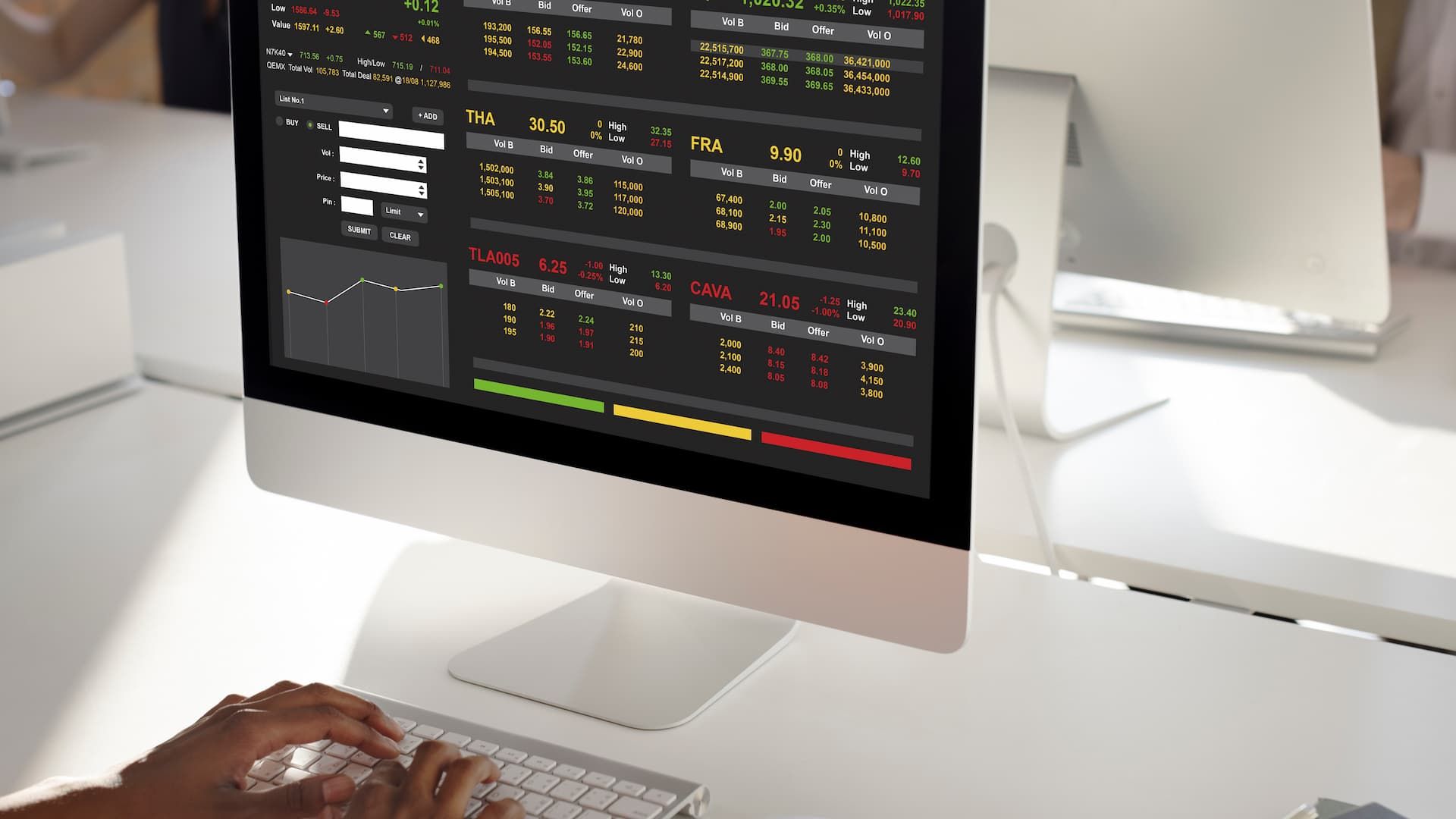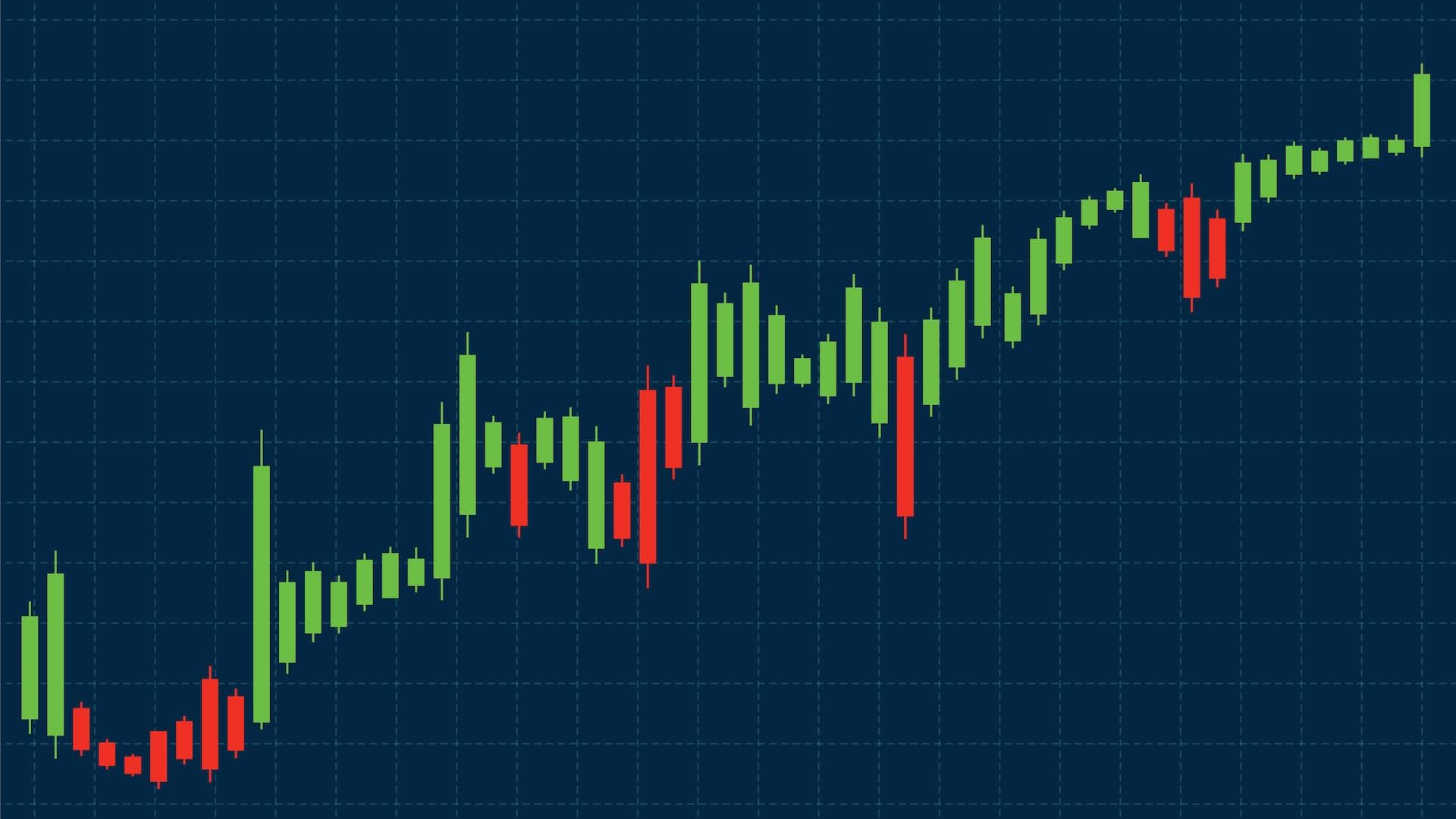At first glance, volatility can seem overwhelming. Stock prices jump unexpectedly, charts shift direction in seconds, and news headlines can flip market sentiment overnight. For many traders, volatile markets feel like a threat. But with the right preparation, volatility trading strategies turn market swings into opportunities rather than risks. By learning how to measure volatility, apply disciplined trading strategies, and manage market risk, you can take advantage of conditions that others find too chaotic. Trading volatile stocks in particular offers the potential for significant short-term gains when paired with proper risk controls. Platforms like 24Markets.com make trading volatile markets easier with real-time data, built-in risk tools, and user-friendly execution.
Understanding Volatility in Financial Markets
What is market volatility?
Market volatility describes the speed and size of price movements in financial markets. High volatility often comes with volatility spikes, wide ranges, and big candles on the chart. Low volatility creates calm conditions, where the average price stays within narrow bands. Market participants, including retail traders, institutional investors, and market makers, all contribute to these price fluctuations. Traders rely on volatility changes to generate opportunities because price movements fuel potential trades.
Why volatility matters for day traders and options trading
Day traders thrive on active sessions because trading volatility provides more entry points and greater profit potential within a single trading day. In options trading, implied volatility plays an even larger role, since it directly affects option premiums and strike prices. Understanding how expected volatility influences options contracts is crucial for risk management. Trading platforms like 24Markets.com help day traders and long term investors alike by providing stop loss tools and calculators to manage open positions effectively.
Understanding Types of Volatility
Implied volatility vs historical volatility
Historical volatility is a statistical measure of how much an underlying asset moved in the past. Implied volatility, on the other hand, reflects the market's expectations of future price movements, often derived from options contracts, which give the right, not the obligation, to buy or sell the underlying asset. Comparing implied volatility with historical volatility helps traders assess whether the market may be underestimating or overestimating upcoming risks.
High volatility stocks vs low volatility stocks
High volatility stocks, often tied to earnings reports or major geopolitical events, can deliver rapid price change and significant profit potential. Low volatility stocks tend to move more predictably, which some long term investors and mutual funds prefer. Knowing whether you are trading volatile stocks or stable ones allows you to adjust position sizing, stop loss placement, and overall trading strategy.
Standard deviation as a measure of volatility
Standard deviation is a statistical measure that shows how much market prices deviate from their average price. It helps traders measure volatility without predicting direction. Many technical indicators, including Bollinger Bands, rely on standard deviation to highlight when a breakout or reversal may be near. Traders can also use standard deviation to gauge how far prices might swing relative to strike prices in options trading, helping plan entries and exits.
Tools and Indicators for Trading Volatility
Using Bollinger Bands for market volatility
Bollinger Bands widen when volatility increases and tighten in a low volatility environment. When bands contract, many traders anticipate a breakout. Watching for price breaks outside the bands helps identify potential trade setups, including when to place sell orders or protective stops. This allows traders to act quickly when price momentum shifts and volatility expands.
Moving averages and price action in volatility trading
Moving averages smooth out market noise and make current trend direction clearer. Shorter-term averages react quickly during volatility spikes, while longer-term averages guide investment strategy across equity markets or other asset classes. Combining moving averages with price action and support and resistance levels creates more reliable entry points.
Relative strength and momentum indicators for volatile markets
Momentum indicators like RSI or MACD confirm whether a move has strength. In volatile markets, these technical indicators help traders avoid emotional decisions by confirming when momentum supports the current price direction.
Trading Strategies in Volatile Markets
Day trading strategies for high volatility stocks
Day trading volatile assets often means using breakout strategies, scalping quick price movements, or applying momentum trading methods. The stock market can produce multiple trade offers in one session, but discipline is essential. Many traders use a trading plan with strict stop loss rules to limit losses.
Swing trading in volatile conditions
Swing trading in volatile markets usually requires wider stop loss levels and larger profit targets. Tools like the Average True Range (ATR) help calculate stop loss prices and target levels that align with current market conditions. This approach works well across stocks, forex, and other asset classes.
Options trading strategies to leverage market volatility
Options contracts provide direct exposure to volatility. Strategies like straddles and strangles allow traders to benefit from volatility spikes without predicting direction. Spreads help reduce risk while maintaining potential gains. Understanding the chicago board options exchange and its volatility index (often called the fear index or cboe volatility index) helps traders gauge expected volatility before entering a trade.
Risk management in volatility trading
Risk management is the backbone of trading volatile markets. Position sizing ensures that even if price falls quickly, losses remain under control. Stop loss orders, take profit levels, and strict daily loss rules are vital. With 24Markets.com, traders can manage risk in real time while monitoring market volatility across equity markets, commodities, and forex.
Analyzing Stock Prices and Volatility
Identifying low volatility periods
Periods of low volatility, marked by narrow ranges and small candles, often lead to sharp breakouts once market sentiment shifts. Retail sales data, consumer spending numbers, or economic data releases often spark these transitions. Traders prepare in advance by studying charts and defining possible entry points.
Capitalizing on high volatility trends
When volatility increases, the stock market can produce large, sustained moves. Traders who identify trends early can capture significant profits while adjusting stop loss orders to reflect wider swings. This is where technical analysis and a clear trading plan prove invaluable.
Using technical analysis to time entries and exits
Technical analysis helps traders align with the overall market by combining candlestick patterns, volume signals, and moving averages. Timing is critical in trading volatile markets. Enter trades too early and you risk being stopped out; wait too long and you may miss the higher price move entirely.
Practical Tips for Volatility Trading
Combining multiple indicators for better signals
A guide to volatility would not be complete without stressing the importance of combining tools. Using multiple indicators, such as Bollinger Bands with momentum oscillators, filters out false signals and improves consistency.
Adjusting position size based on market volatility
As volatility changes, so should your trade size. Many traders use fixed percentage risk methods to calculate position size, adjusting for market risk and potential downside. This ensures that a single bad trade doesn’t cause substantial losses.
Avoiding common mistakes in day trading volatile markets
Day traders often fall into traps such as overleveraging, revenge trading after losing trades, or ignoring stop loss orders. Maintaining a trading journal and sticking to an overall trading strategy helps avoid these pitfalls.
Building a trading plan around volatility
A trading plan should cover asset classes, trading style, and risk appetite. It should also account for different market conditions, including low volatility environments and periods of extreme volatility spikes. Including stop loss rules, take profit orders, and money management principles ensures informed decision making in real markets.
Key takeaways for successful volatility trading
-
Volatility is both opportunity and risk in financial markets.
-
Use technical indicators such as Bollinger Bands, moving averages, and RSI to measure volatility effectively.
-
Adjust trade size and stop loss levels to reflect current market conditions.
-
Track past performance and refine your trading system through a trading journal.
-
Stay disciplined, adapt to volatility changes, and align with market sentiment.
If you want to start trading volatile assets with confidence, platforms like 24Markets.com give you access to live volatility indexes, reliable execution, and transparent risk management tools. With these resources, you can turn volatility into opportunity and build a trading approach that lasts.












